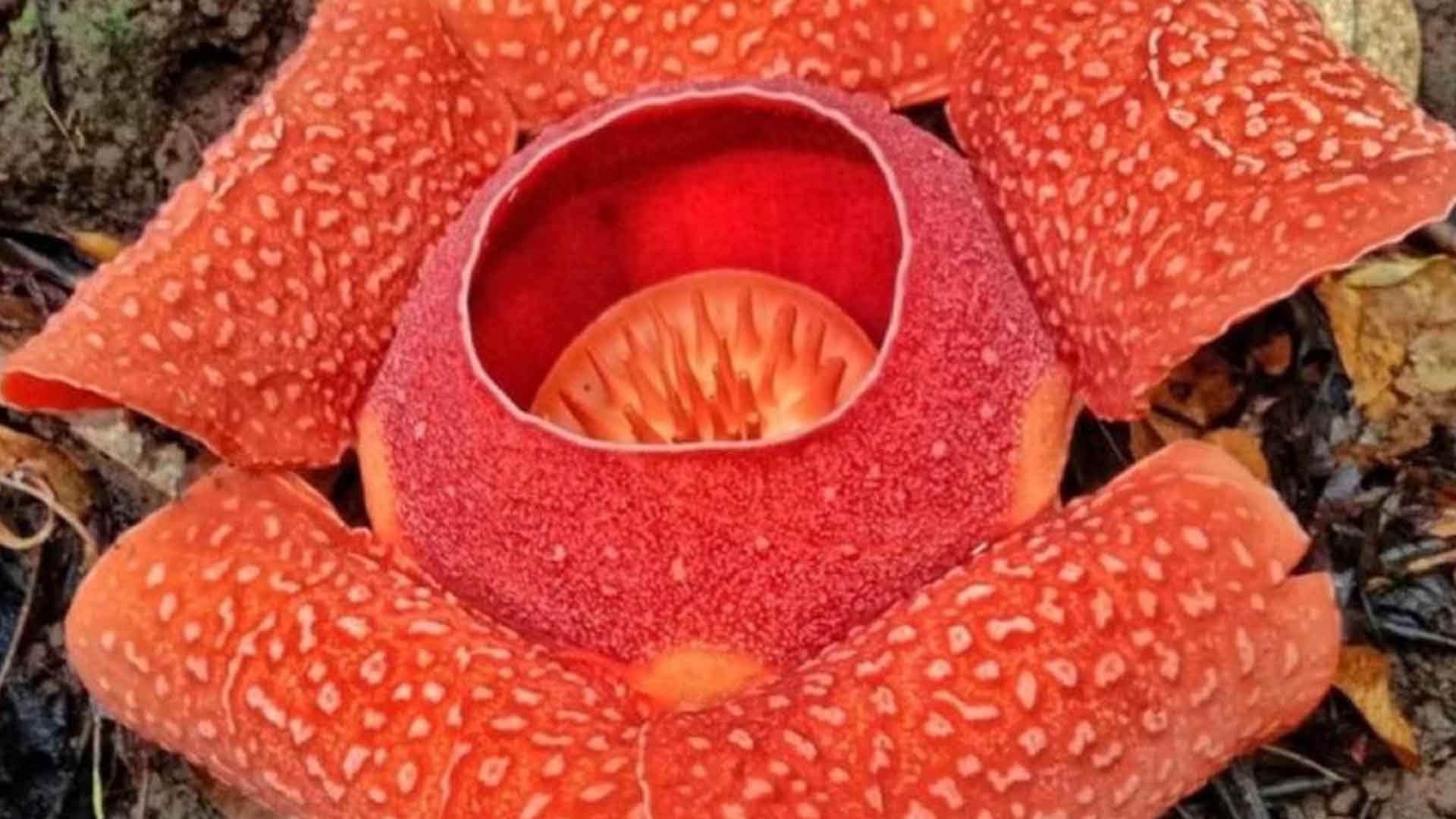Rafflesia speciosa, one of the types of the Rafflesia species, the world’s largest flower, is again in bloom at the Sibalom Natural Park (SNP) in Sibalom town, Antique province.
SNP Protected Area deputy superintendent Joery Oczon said they discovered the Rafflesia speciosa bloom within the SNP in Mt. Porras in Barangay Imparayan, Sibalom last week.
“The world’s largest flower blooming season is during the months of February to March that is why there were flower blooms that were found,” Oczon said on Wednesday.
He said tourists wanting to see the Rafflesia speciosa may visit the SNP to get a chance of seeing the flower.
Rafflesia speciosa is a rare flower that is reddish-orange and could expand up to 56 centimeters or 22 inches in diameter when in full bloom.
The flower was first discovered by the Antique Outdoors, a group of mountaineers at the SNP in 2000, and was then named by Botanist Dr. Julie Barcelona of the Philippine National Herbarium of the National Museum of the Philippines.
Oczon said the 6,778.44 hectares area in Barangay Imparayan, which has been declared a natural park under Republic Act 11038 and opened as a tourism destination in the Municipality of Sibalom on March 1, 2022 is also home to the Visayan Warty Pig, Visayan Tarictic Hornbill, Visayan Walden’s Hornbill, and the Visayan Spotted Deer.
“The SNP is being patrolled by the Bantay Gubat some are volunteer women patrollers” who also act as tour guides for tourists, Oczon added.
The Bantay Gubat members are trained on tour-guiding and community-based ecotourism development by the United Nations Development Program-Biodiversity Finance Initiative (UNDP-BIOFIN) in 2022. (PNA)









